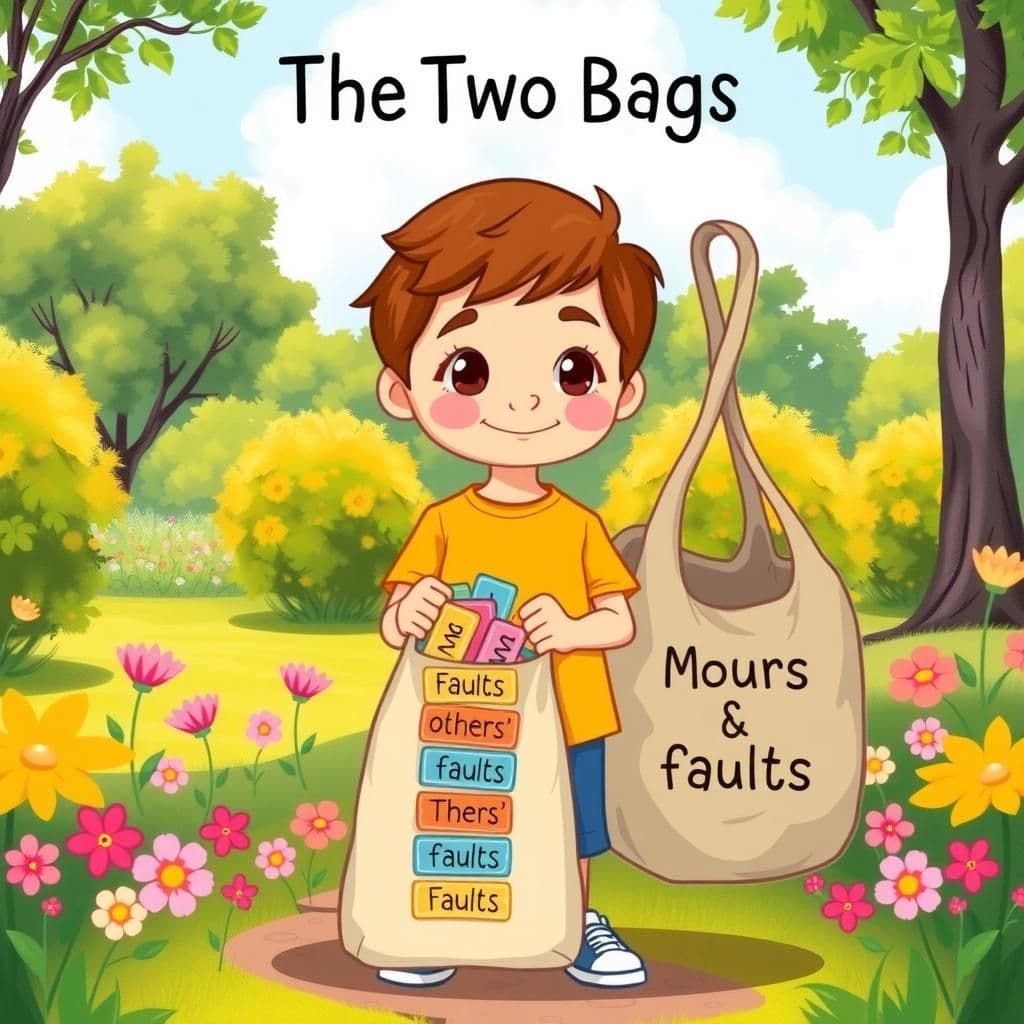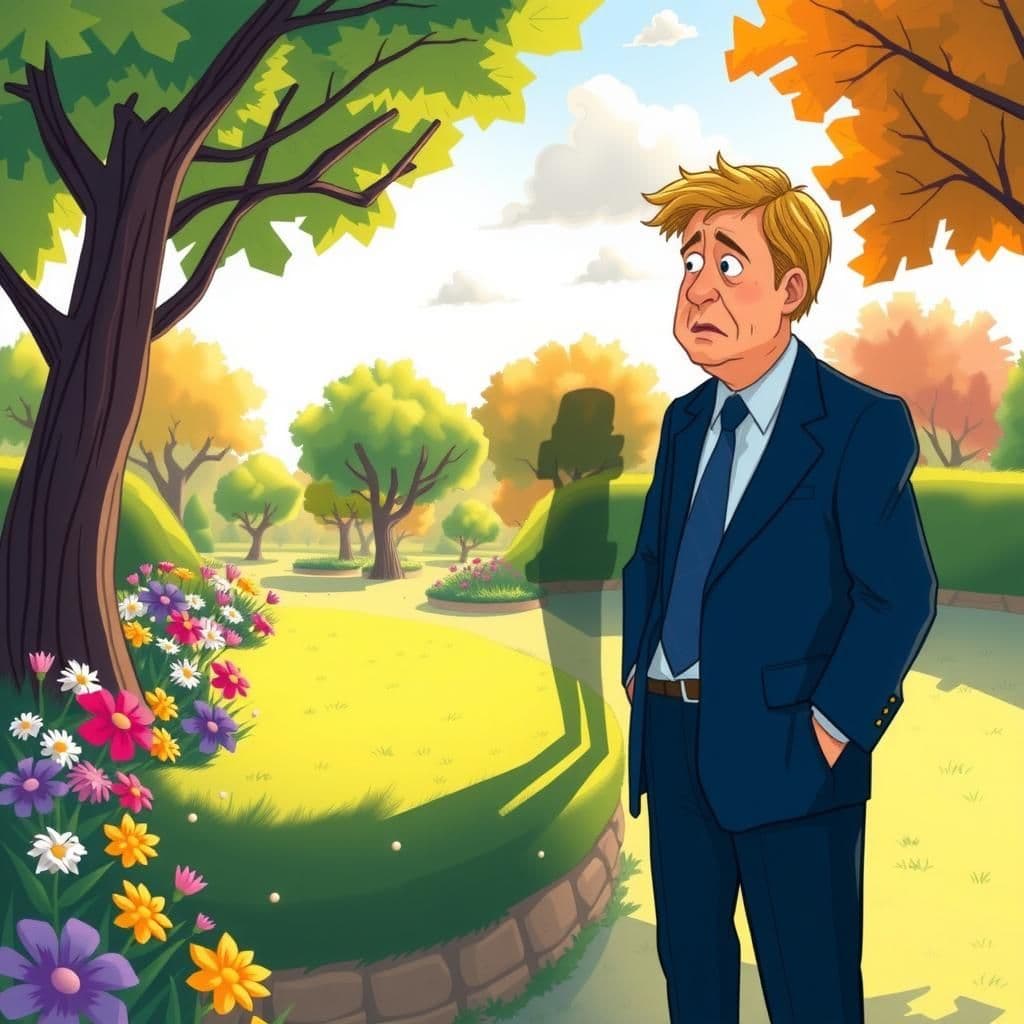The Two Bags

Story Summary
In the culturally significant moral story "The Two Bags," an ancient legend reveals that every person is born with two bags: one in front filled with the faults of others and a larger one behind containing their own faults. This poignant metaphor serves as a lesson learned from stories, illustrating how individuals are quick to perceive the shortcomings of others while often remaining blind to their own failings. As a compelling addition to short story collections with moral themes for adults, it emphasizes the importance of self-reflection and humility.
Click to reveal the moral of the story
The moral of the story is that people often focus on the shortcomings of others while remaining oblivious to their own flaws.
Historical Context
The story reflects a moral teaching prevalent in various cultures, emphasizing self-awareness and the tendency of individuals to judge others while overlooking their own shortcomings. This concept can be traced back to ancient wisdom literature, such as the biblical proverb "Why do you see the speck that is in your brother's eye, but do not notice the log that is in your own eye?" (Matthew 7:3), and has been retold in numerous folk tales and parables around the world, illustrating the universal struggle with human imperfection and the importance of humility.
Our Editors Opinion
This story highlights the human tendency to judge others while overlooking our own shortcomings, a perspective that remains relevant in today's social media-driven world where criticism can be rampant and self-reflection often neglected. For instance, in a workplace setting, an employee might be quick to point out a colleague's mistakes in a team project, failing to recognize their own contributions that fell short, which could lead to a toxic environment and hinder collaboration.
You May Also Like

The Philosopher the Ants and Mercury
In this creative moral story, a philosopher, witnessing a tragic shipwreck, laments the injustice of Providence for allowing innocent lives to be lost due to one possible criminal aboard. However, when he retaliates against an ant that stings him by killing many of its kind, Mercury confronts him about his hypocrisy, highlighting the moral lesson that one should not judge Providence while acting with cruelty. This heartwarming moral story serves as a poignant reminder of the importance of compassion and self-reflection, making it a fitting tale for moral stories for class 7.

The Crimson Candle
In "The Crimson Candle," a dying man asks his wife to swear she will not remarry while a blessed crimson candle, symbolizing their love and fidelity, remains lit. After his death, she honors her vow by holding the candle at his funeral until it completely burns out, illustrating the depth of her devotion. This uplifting moral story serves as a poignant reminder of love and commitment, making it a perfect short bedtime story with moral lessons for young readers and moral stories for class 7.

The Shadow of the Leader
In "The Shadow of the Leader," a political leader is taken aback when his shadow unexpectedly detaches and races away. When he calls it back, the shadow cleverly retorts that if it were truly a scoundrel, it wouldn't have abandoned him, cleverly reflecting on the leader's own questionable character. This funny story with moral echoes themes found in popular moral stories, reminding us that our actions often reveal our true selves.
Related Collections
Other names for this story
"Two Bags of Blame, The Burden of Faults, Mirrors of Mistakes, The Weight of Judgment, Faulty Perspectives, The Bags We Carry, Reflections of Responsibility, Blind Spots and Blame"
Did You Know?
The story illustrates the universal human tendency to judge others harshly while overlooking our own shortcomings, a theme that resonates across cultures and ages, emphasizing the importance of self-reflection and humility. This metaphorical "two bags" concept serves as a reminder of the inherent bias in our perceptions and the need for personal accountability.
Subscribe to Daily Stories
Get a new moral story in your inbox every day.